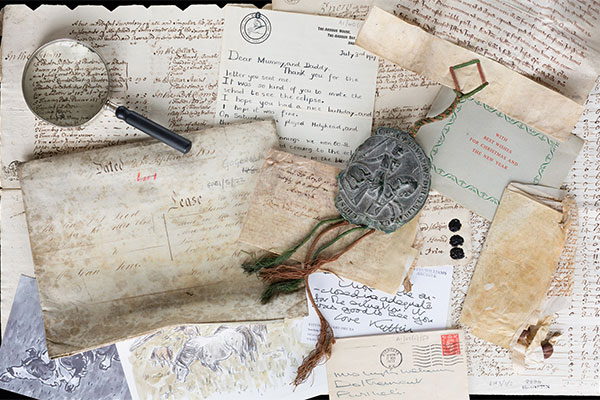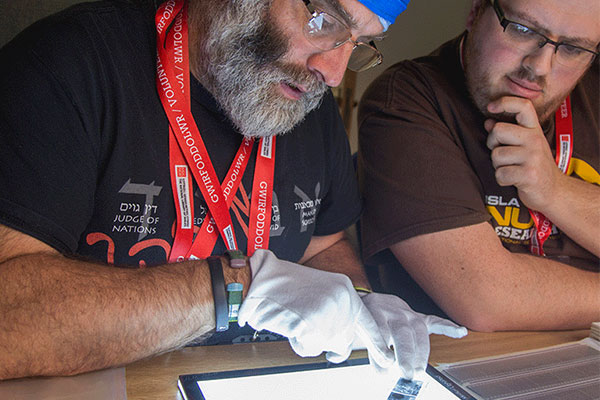Photographs as pictures
Today we are so used to photographs that perhaps we lose the ability to see them afresh as pictures. Part of the achievement of the early photographers was to explore and develop the new medium so that it was quickly accepted and in effect taken for granted. As a result it can now be difficult to see these early photographs in the way that they were seen when they were taken. But the passing of time has caused some images to acquire a new force and vigour.
A picture taken on the shores of the Gower shows the girls of Penlle'r-gaer, young and graceful, against the background of the cliffs, elements that appear timeless and everlasting. The life of a long-dead generation remains with us in this image of an instant, and we feel the emotional power of photography as it reminds us of the true frailty of human existence. In these and other pictures we are only now beginning to recognise the achievement of the photographers of Swansea and to acknowledge that their work was quite as perfect and beautiful as they felt it to be.





